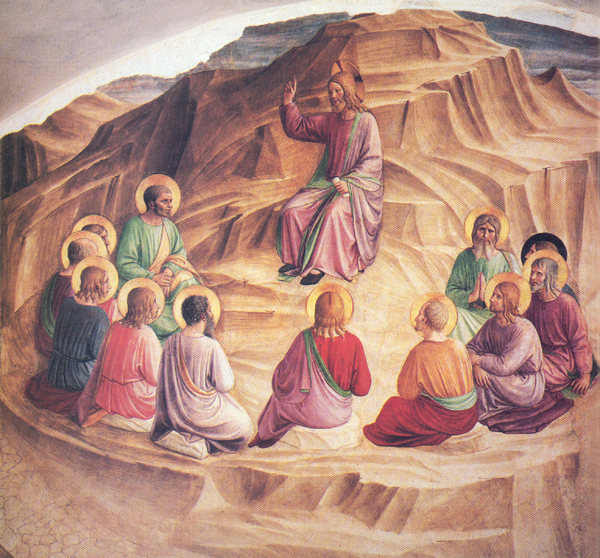Image Details

Scala/Art Resource, NY
“Blessed are the merciful, for they will receive mercy” (Matthew 5:7), preaches Jesus in the beatitudes, part of his Sermon on the Mount. As depicted in the painting by Fra Angelico (1387–1455), in Florence’s Museo di San Marco, the Sermon evinces a serene Jesus, a teacher-rabbi concerned with justice, mercy and forgiveness. Why does this tone of sweetness and light turn so abruptly, in Matthew 23, into a vitriolic attack on the “scribes and Pharisees”? Jesus curses them as self-indulgent, blind, foolish hypocrites; he calls them a “brood of vipers” kindred in spirit to the murderers of holy men and prophets from Abel to Zechariah (Matthew 23:33–35).
The answer, for Anthony Saldarini, is that these two sections of Matthew’s gospel serve different purposes. The Sermon on the Mount provides the ethical teachings of a group of Jewish followers of Jesus, a group to which the author of the gospel belonged. The attack on the scribes and Pharisees, on the other hand, is a political attack on rival groups seeking positions of leadership in the Jewish community; the author of Matthew—not unlike modern politicians—is trying to vilify and delegitimate his political opponents.
